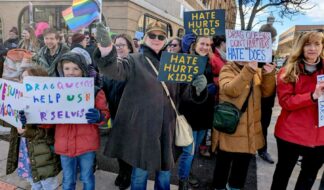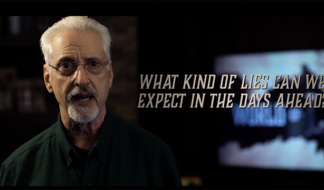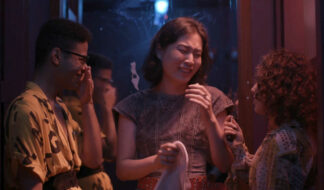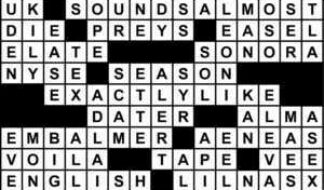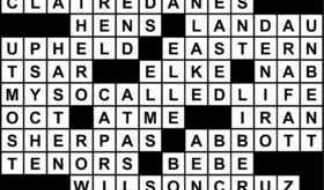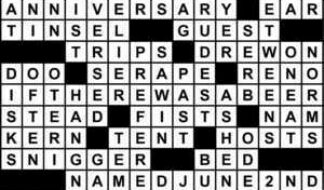Dan Woog
October 29, 2007
"We're here. We're queer. We're gay student-athletes, and also people of color."
OK, so that's not the jazziest sports slogan since "Just do it." But it's reality for more folks than anyone in either the gay or black community realizes.
Lea Robinson's mission is to bring young gay athletes of color out of the closet and into what she hopes will be a better, more comfortable place for everyone.
The pressures on African-American LGBT athletes are immense, and no one has felt them more strongly than Robinson. A basketball player at Western Kentucky University from 1990 to 1994, she spent the next 12 years coaching Divisions I and III women's hoops. She had few lesbian role models of any race, and struggled as a player and coach with both homophobia and racism.
When Robinson was an assistant at one school, the head coach told her to "recruit thoroughbreds from across the track" – in other words, athletic black females. However, she was told, "Be sure they're not too manly."
"Sometimes I felt I was there just to relate 'across the tracks,'" she says. "In many cases, coaches of color are hired primarily to recruit and relate to student-athletes of color. We're seldom in positions of power or positions in which we make crucial decisions." She felt she could not confront the head coach about the "thoroughbreds" comment.
But after several years of coaching from the closet, Robinson met the woman who is now her partner. "Elizabeth was finishing her Ph.D., and totally out," Robinson recalls. "I thought it would be damaging to my young career to be out in women's basketball, but we both knew we had to figure out a way to make it work."
Robinson came out at Southern Illinois University-Carbondale, but at her next job – Morehead State University in Kentucky – the environment was tougher. Things were better at the University of Wisconsin-Milwaukee, especially after Robinson found Helen Carroll and the National Center for Lesbian Rights' Sports Project. "I realized I could have a voice for LGBT people and people of color, in sports as well as academics," Robinson says. She spoke on panels and at workshops.
Recently, she enrolled in an education program at Suffolk University in Boston. This fall she began studying for her master's degree, and thanks to a fellowship is working in Suffolk's Office of Diversity Services with LGBT students and students of color. "An amazing chapter of my life is opening up," she says.
That chapter will include a significant project. One of Robinson's major goals is to develop a leadership program helping gay students of color make the transition from high school to college.
Drawing on models like "It Takes a Team" – the Women's Sports Foundation kit that teaches athletes, coaches, and administrators about diversity – and "University 101" – which instructs college freshmen about academic, health, and time management – Robinson's leadership program will introduce African-American LGBT students to resource centers, wellness centers, and mentors.
"If you're a person of color and you step onto a new campus, you may find not a lot of people look like you," she explains. "Finding communities of color may become very important to you. If you're also queer, you wonder: Will I alienate myself from these communities if I come out? In many cases, being queer is seen as a 'white thing.' Queer students of color may not know what resources are available, or how to find them."
For athletes – often insulated from campus life by the demands and traditions of their teams – the issues are even thornier. "Student-athletes also need to be able to find community, and find the confidence to be open with their teammates and coaches in expressing themselves," Robinson says. "We as educators would like to help them work through those issues."
Robinson acknowledges that male and female gay athletes of color face different challenges. "I think it's even more dangerous for men to come out," she notes. "But I'd like more young men of color to have the confidence and support to be out and visible in standing up for LGBT issues within their communities. Hopefully, this program will encourage dialogue surrounding the issues and defining the processes."
Robinson points to herself as an example of someone who could have used such a program. "As a student-athlete, I found myself having to suppress a very important part of my identity. Even as a coach, I felt I was holding a certain part of myself back. We need more out people of color in athletics, so we can sit and talk about our families.
"We lose too many queer people of color at the door," Robinson concludes. "Instead of being forced to choose, they must realize they can have a community, too. We just have to help them find it."
